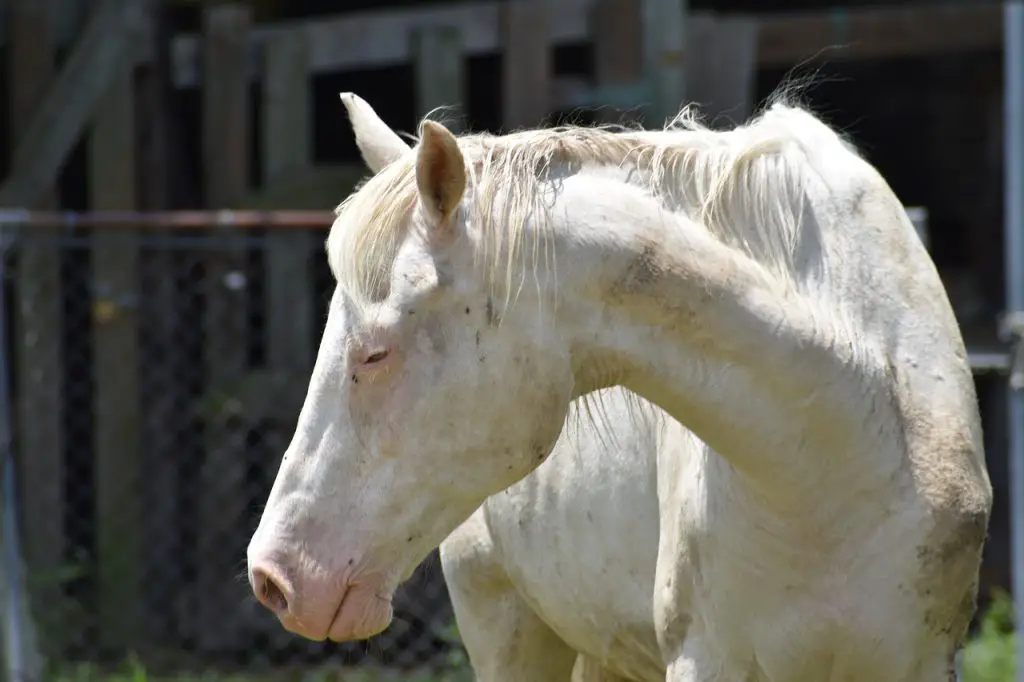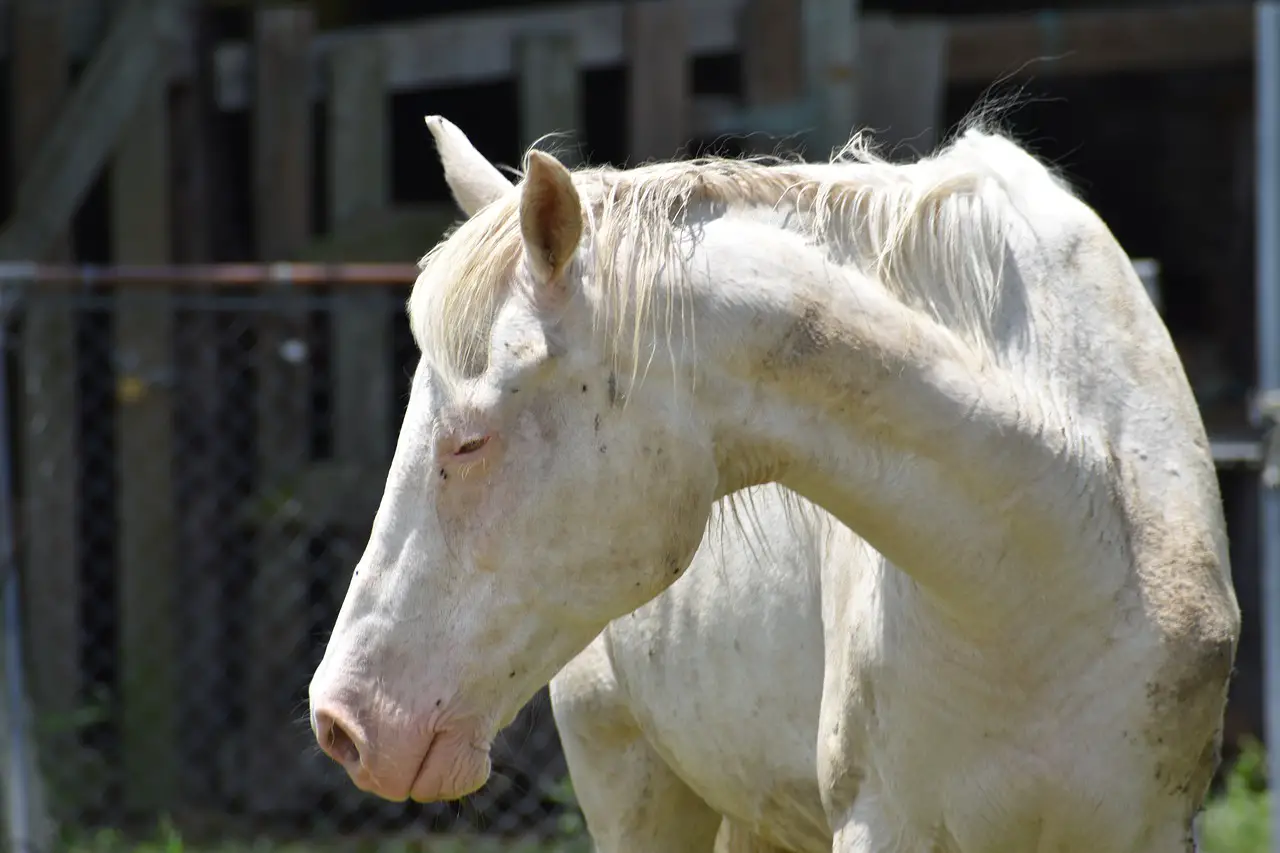Last Updated on February 21, 2022 by Allison Price
The lymphatic system, which is an important component in the cardiovascular system, includes lymphatic vessels, lymphodes, tonsils and lymph nodes. Lymph is a clear, colorless fluid that forms from fluid loss during normal nutrient exchanging in capillary bed. Lymphatic vessels carry lymph to the regional lymph nodes to filter it. This aids in immunologic detection and treatment of foreign material, microorganisms, and toxins. Once the lymph has been filtered, it is transported to large veins that then return it to the circulatory system to replenish any fluid lost through the capillaries.
Lymphatic disease is when lymph vessels become inflamed or leaky and/or block. Cutaneous lymphangitis–inflammation of the skin’s lymphatic vessels–is fairly uncommon in horses, does not exhibit age, sex, or breed predilections. It can be caused by both infectious and noninfectious factors. Dermatologically, cutaneous lymphangitis can present as a swelling of the limbs and skin abnormalities. These include multiple skin nodules, which can develop draining tracts or abscesses, and/or lameness. Cutaneous lymphangitis usually affects the distal (lower), portion of one hind limb between the hocks and the hoof. Because of the distinctive appearance of the affected limbs, it is often called “big leg” and “fat leg”.

Horses with infectious cutaneously lymphangitis have traditionally been affected by poor hygiene and insect transmission. Although it is rare in horses, it can sometimes be diagnosed simultaneously in horses from the same farm. The infection of the lymphatic system occurs when there is a contamination of skin wounds with bacteria. Most commonly Corynebacterium hypotuberculosis is what causes ulcerative lymphangitis/pigeon disease. Pure or mixed infections can cause cutaneous lymphangitis. Lymphatic system infections have also been linked to pathogenic fungi like Sporothrix, spp (the reason for sporothricosis), and Histoplasma Farciminosum. The United States is currently free of glanders and epizootic Lympangitis.
Horses can be treated with appropriate antimicrobials, nonsteroidal anti-inflammatory drugs (NSAIDS), hydrotherapy and surgical fluid drainage for infectious cutaneous lymphangitis. If left untreated, cutaneous lymphangitis may become chronic. The subcutis can become chronically expanded by edematous fluid from faulty lymphatic vessels. This can lead to the formation of fibrous tissue and permanent disfigurement. This highlights the importance of prompt diagnosis and treatment for cutaneous lymphangitis.
Sporadic lymphangitis (also known as Monday morning leg) can cause swelling of the distal hindlimbs. Horses that have been immobile or kept in a stable environment for a prolonged period of time can experience this condition. It is most common in horses who are usually immobile for days or longer. Horses with sporadic lymphangitis are often not understood. However, the condition usually resolves after exercising.
The University of Kentucky Veterinary Diagnostic Laboratory occasionally diagnoses cutaneous lymphangitis. The frequency of the condition can’t be estimated using the typical diagnostic submissions. This is because the diagnosis is often made by field veterinarians and doesn’t require extensive diagnostic evaluations.



